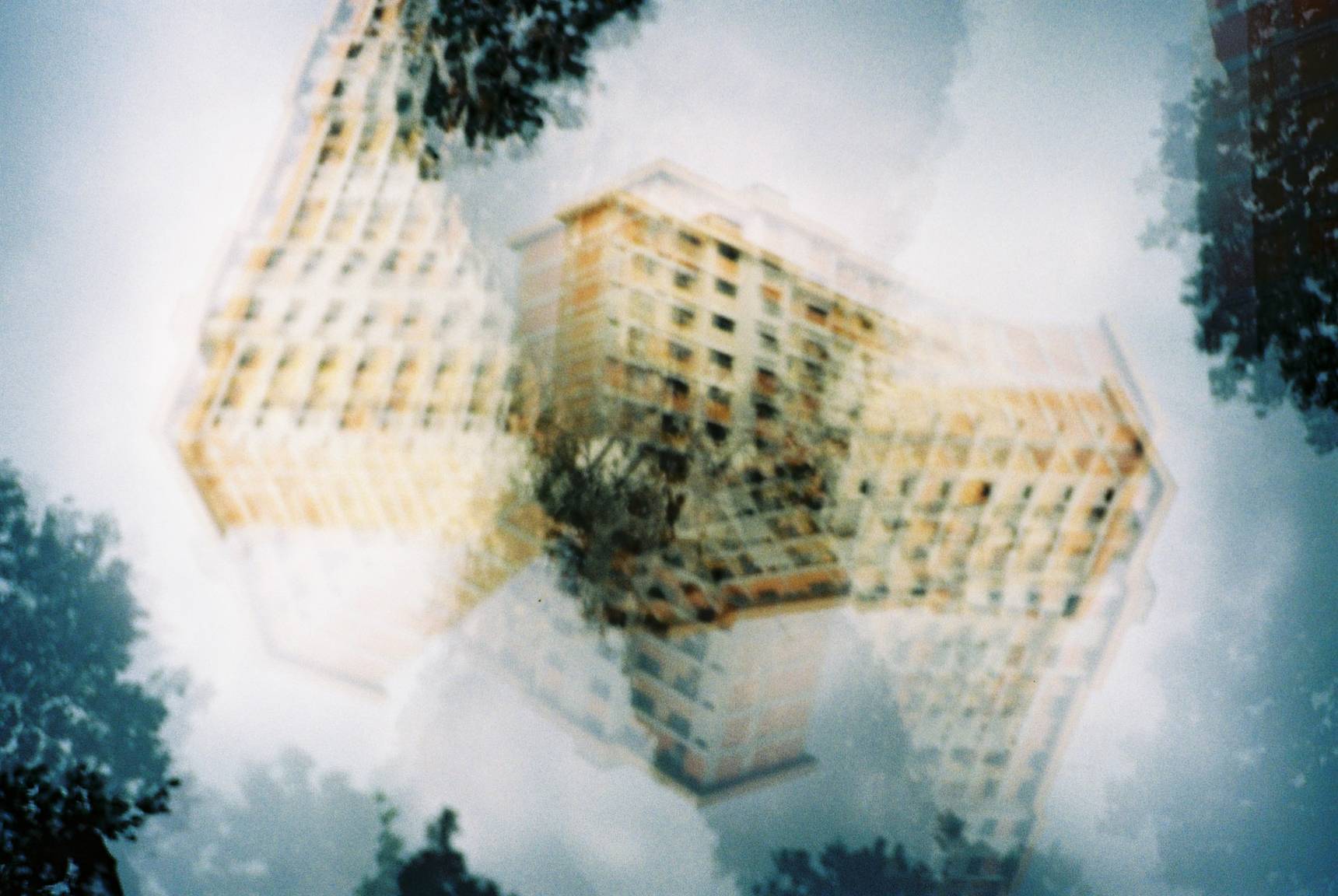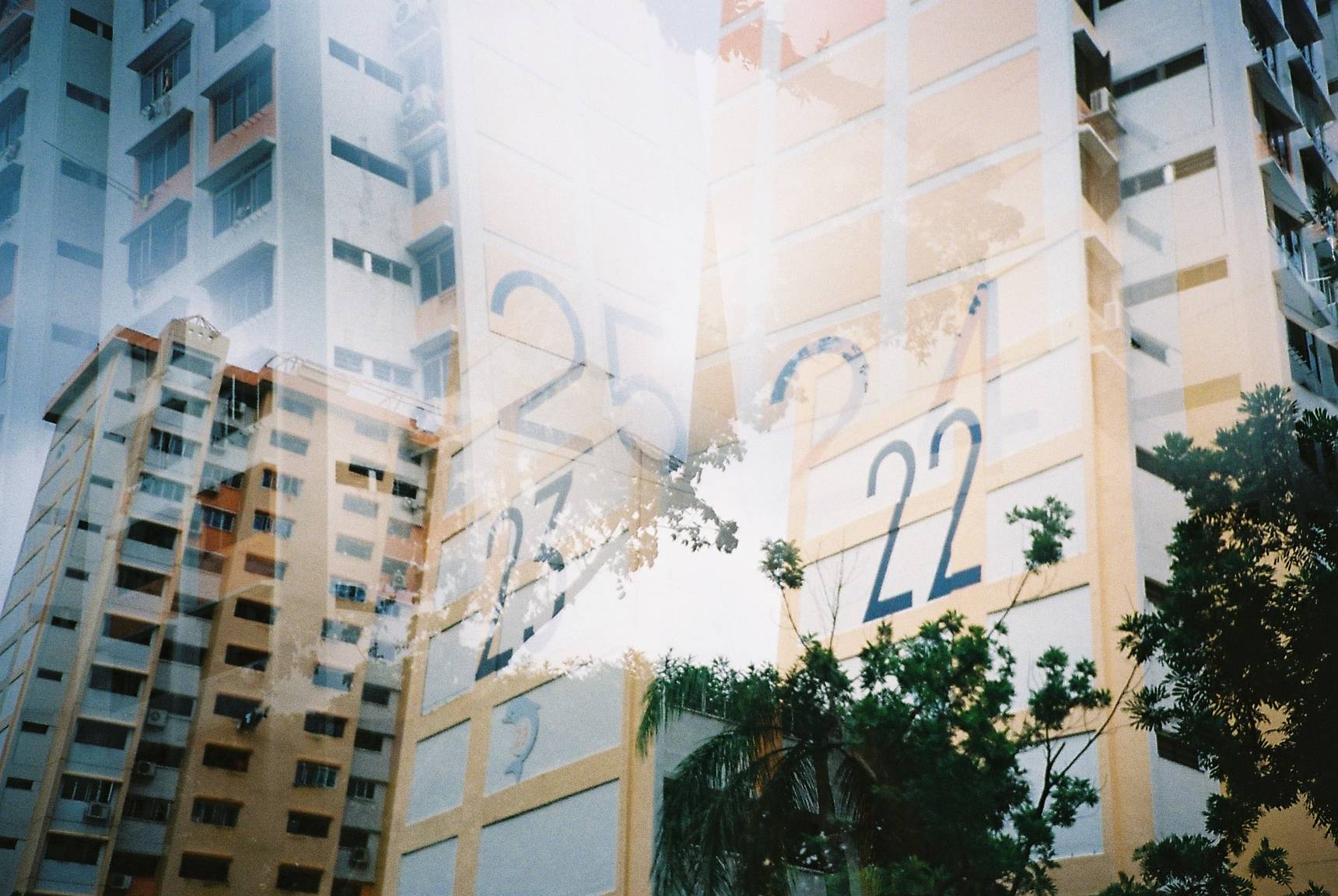Analogue Amigo: Marcel Heijnen and the Lomo LC-A+
4 Share TweetMarcel Heijnen is a visual artist, designer and musician. Originally from The Netherlands, Asia has been his home for over 21 years. Marcel’s creativity is driven by a general curiosity of life and its meaning, he currently uses photography as the main medium for his art, and explores its boundaries in a quest for beauty and expression that goes beyond realism but gets perhaps a little closer to truth.

So Marcel, how did you move from graphic design into fine arts?
The last 3, 4 years, I’ve been dabbling with arts since I took my sabbatical. I’ve had a number of solo and group exhibitions, and have exhibited at several art fairs.
Did you take the sabbatical to explore and pursue your art or was it during your sabbatical that you decided that you wanted to do so?
A bit of both. I wanted to do some stuff that wasn’t related to commercial projects and clients, so I worked on music and released an album. Plus, I wanted to do something visual, but I didn’t know what. And then I partook in the Shooting Home workshop at Objectifs, and that slowly started to lead to a very specific body of work, with a very specific focus…
Which leads to your project titled “Residue”. When did come about?
That was during the Shooting Home Reunion Show process, early 2010, and I had my first Residue exhibition during the Month of Photography Asia in July 2010.
And it’s a body of work that keeps growing.
I’m constantly expanding it. At first, it was just Singapore. Then I went to Jakarta. Following which, I did Hong Kong and have been back there 2 times to shoot. So I’m adding more cities to it. I’m currently working on a coffee table book that will be published out of Hong Kong by the end of the year.
So where does graphic design figure in all of this?
I’m still doing some of that. Something needs to pay the bills (laughs) , but I try hard to be selective.
For the Analogue Month exhibition, you’ve created a series of photographs on the LC-A+ and Splitzer that ‘s quite similar to your previous work.
I’m used to using a digital SLR so with the LC-A+ camera, I could not see on a display what I was actually doing. Of course, it was challenging but what I was most interested in was the surprising effect of multiple exposures. The element of chance, the idea that you can plan for something but it might not turn out the way you expected it to – It was fun! When I started Residue, I wanted to photograph more residential areas, nondescript type of buildings, steering away from the main cityscape, the Marina Bay Sands skyline sorta thing, so I went into the heartlands. Actually, coming from a graphic design background, I find HDB flats very interesting, because they are these boxes with color gradations and big numbers on them, very much graphic design! Generic boxes with different wrappings around them, in a way. And the formations are really interesting as well.
Very geometric.
Yea! There’s something about them, especially the colours and the way they interact so that was always the focus with me. And in other countries, I look for similar stuff. When I’m in Hong Kong, I look for residential buildings.
And Hong Kong’s teeming with residential buildings!
Exactly. Actually, my first trials of Residue were in Eunos, just across the train tracks from where I live. So it made sense to try and shoot those same buildings with the LC-A+ and see what I get.
That’s true! You get the juxtaposition of the digital against analogue in these two sets of pictures.
And also because it was nearby. (laughs)
How does it compare?
There are some similarities, I guess. I think you’re playing with an abstraction of something that exists and trying to create a different reality with it, which is quite fun. In general with my work, I’m trying to take the objectivity out of photography because I think it’s more interesting to create another layer, in a way like hiding things. if I were to just shoot HDB blocks, it wouldn’t be particularly interesting. It’s like when you paint something. I’d like to take that realism away from my photography and the LC-A+ is definitely able to create those abstractions that I’m after.
Marcel Heijnen
Website
Facebook
The Lomo LC-A+ is known worldwide for its amazing features: automatic exposure, extended ISO range, and multiple and long exposure capabilities. Get your own Lomo LC-A+ now!
2013-06-18 #people #art #artist #analogue-photography #photographer #photowalk #lomoamigo #lomography-gallery-store-singapore




























No Comments